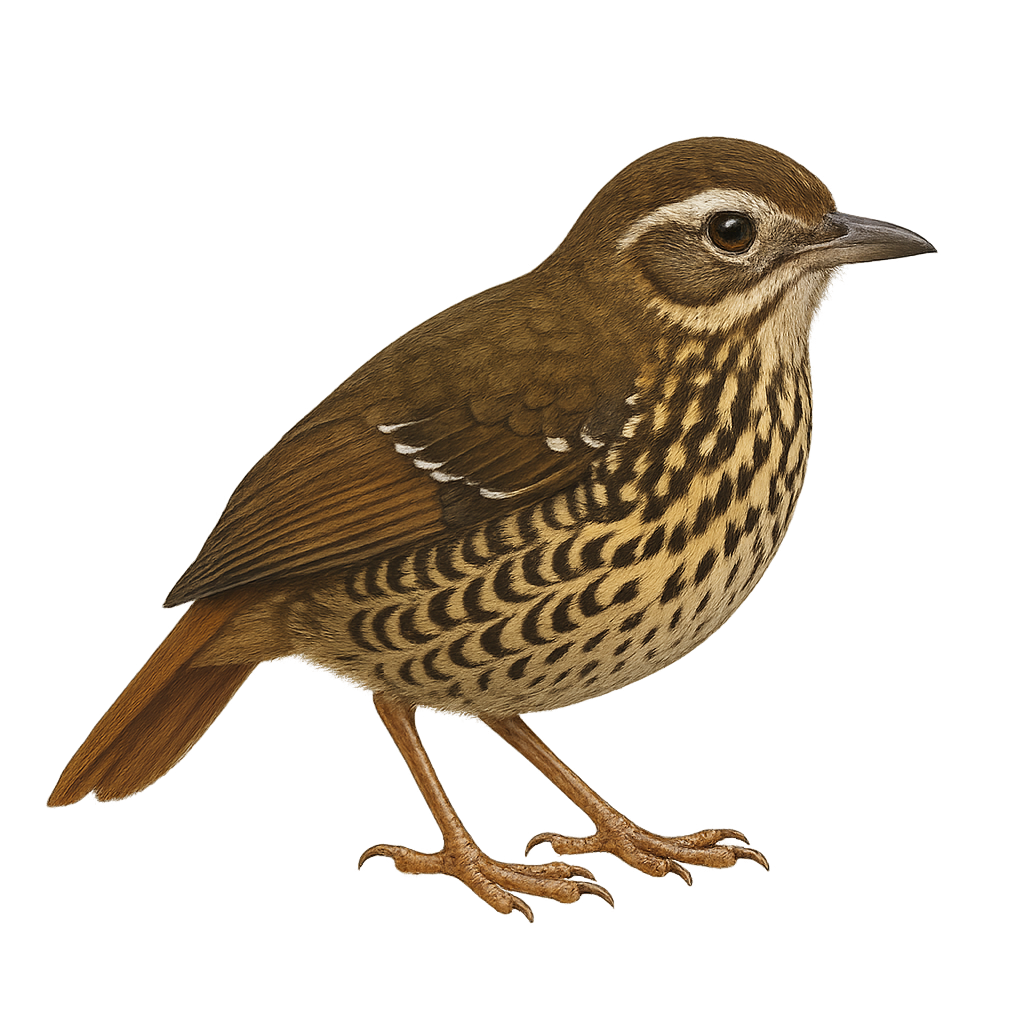Your wildlife photography guide.
Explore the rufous-tailed antthrush in detail, study its behavior, prepare your shots.
Where to observe and photograph the rufous-tailed antthrush in the wild
Learn where and when to spot the rufous-tailed antthrush in the wild, how to identify the species based on distinctive features, and what natural environments it inhabits. The WildlifePhotographer app offers tailored photography tips that reflect the rufous-tailed antthrush’s behavior, helping you capture better wildlife images. Explore the full species profile for key information including description, habitat, active periods, and approach techniques.
Rufous-tailed Antthrush
Scientific name: Chamaeza ruficauda

IUCN Status: Least Concern
Family: FORMICARIIDAE
Group: Birds
Sensitivity to human approach: Suspicious
Minimum approach distance: 10 m
Courtship display: September to October
Incubation: 18-20 jours
Hatchings: September to November
Habitat:
humid forests, dense undergrowth
Activity period :
Primarily active during the day, with peak activity in the morning and late afternoon.
Identification and description:
The Rufous-tailed Antthrush is a discreet, ground-dwelling bird belonging to the Formicariidae family. It is primarily found in the humid forests of eastern Brazil, often hiding in dense vegetation. This medium-sized bird, measuring about 20 cm, is distinguished by its brownish-red plumage and long rufous tail. Its melodious and repetitive song is often heard before the bird is seen. The Rufous-tailed Antthrush feeds mainly on insects and other small invertebrates found by foraging on the forest floor. Known for its shy nature, observing this bird is a challenge for birdwatching enthusiasts.
Recommended lens:
400mm – adjust based on distance, desired framing (portrait or habitat), and approach conditions.
Photography tips:
To photograph the Rufous-tailed Antthrush, it is advisable to use a telephoto lens of at least 400mm to capture detailed images without disturbing the bird. Look for areas where the bird is active, usually on the ground in dense undergrowth. Be patient and wait for the bird to appear, as it is often heard more than seen. Use a tripod to stabilize your camera and adjust ISO settings to compensate for low light under the canopy.
The WildlifePhotographer App is coming soon!
Be the first to explore the best nature spots, track rutting seasons, log your observations, and observe more wildlife.
Already 1 439 wildlife lovers subscribed worldwide

